Here’s a Yellowstone story that spans more than 50 years and two unrelated families.
It begins with a “For sale” posting on Facebook. Livingston, Montana resident and builder Mark Tomaszewski (above) has a 12-foot by 20-foot cabin for sale, a replica of a rustic old guest cabin, many of which were rented out by the night to tourists in Yellowstone National Park and also used to house employees.
Rustic cabins of this sort are still rented to the public at Roosevelt Lodge. And some cabins, in recent memory, required guests to bring their own sleeping bags or other bedding.
Tomaszewski had an original cabin on which to base his new old cabin. The original cabin was in a general state of decay and disrepair sitting on a piece of property he and his wife, Betsy, purchased in 2015.
The old cabin was clearly a simple affair, just a roof and four walls. Someone in the past had used the structure apparently for a garage—it had a garage door on one end.
Tomaszewski decided to rehabilitate and sell the old cabin. Before it was purchased by a landowner near Bozeman (who installed it high up in the Bridger Mountains), Tomaszewski removed and replaced the garage door with a plain wooden wall. Propped the cabin up and replaced rotten boards. Replaced windows. Fixed a pronounced lean to one side. And ripped out some rotting wallboard.
Under the wallboard, he discovered graffiti: signatures of people—apparently park guests—who had stayed in the cabin over a span of about 30 years.
“The signatures were dated between 1922 and 1951,” Tomaszewski said last week.
He took photos of some of the graffiti. One large, legible signature said, “Vera Jarkieh San Francisco, California. June 18 & 19, 1950. I didn’t like this place at first, but now I do.”
Surprisingly, Vera Jarkieh Loskutoff was easily found with a little Internet sleuthing, which took your correspondent to her daughter Carol Loskutoff McCullough’s Facebook page.
“She thought you were a scammer,” McCullough quipped to your reporter through Facebook Messenger. “She thinks everyone’s a scammer.”
But Loskutoff eventually shared her phone number in order to tell her story.
Loskutoff was 15 and on a road trip from San Francisco to her first and only visit to Yellowstone with her aunt and uncle, sisters and cousins when she wrote her name on that cabin wall. She’s 82 now.
“Shame on me for doing that!” she laughed in a phone interview 67 years later.
Loskutoff doesn’t remember much about the trip today, except that their cabin didn’t have running water or a bathroom, which was the main reason she didn’t like “this place” at first, she laughed.
“Canyon” was written, she said, on the back of one of the photos.
“Maybe that means something to you,” she said.
“Canyon” probably refers to the developed area near the Grand Canyon of the Yellowstone and the Upper and Lower Falls. Canyon is the highest location in the park at nearly 8,000 feet elevation, so the large quantity of snow in mid-June visible in one of her photos is particularly plausible.
In 1950, today’s Canyon Village didn’t exist yet. The Canyon Hotel, a mile around its perimeter and a grand, formal place, still welcomed visitors. There were two cabin “camps” in existence then, according to Yellowstone National Park Historian Lee H. Whittlesey, and without visible cabin numbers on the door or other identifying details, it’s almost impossible to tell where their cabin was located.
There were cabins at the area now occupied by a parking lot at the brink of the Upper Falls on the canyon’s north rim. And there was a Canyon Lodge at what is today occupied by a parking lot on the South Rim for viewing the Upper Falls, which is where Whittlesey suspects this cabin may have sat.
The cabins were owned by a concession business, the Yellowstone Park Company. It was common to move the cabins around the park depending on where they were needed, Whittlesey said, and surplus cabins were sometimes sold to the general public.
Old park cabins are distinctive, and are easily spotted on property around Gardiner and, in traveling Livingston alleys, in backyards around town.
Whittlesey couldn’t fully account for why it was acceptable for guests to write their names on the cabin walls, except that he recalled his own experience in renting a cabin at West Thumb in 1969 or 1970.
“It cost $5 and you provided your own bedding,” Whittlesey said. “It had a bare light bulb, a wash basin, a woodstove and they gave you a Presto log. The rustic shelters were truly rustic.”
Tomaszewski’s new “old” cabin is for sale for $18,000, which can be seen on the “Livingston Classifieds” Facebook page. He’ll haul it a reasonable distance. Once he sells it, he’ll use the proceeds to start another one.
He said he’s had a few people express interest.
“There are people out there who want these,” he said. “People who want to maintain this type of historical integrity.”
 Yellowstone Insider Your Complete Guide to America's First National Park
Yellowstone Insider Your Complete Guide to America's First National Park
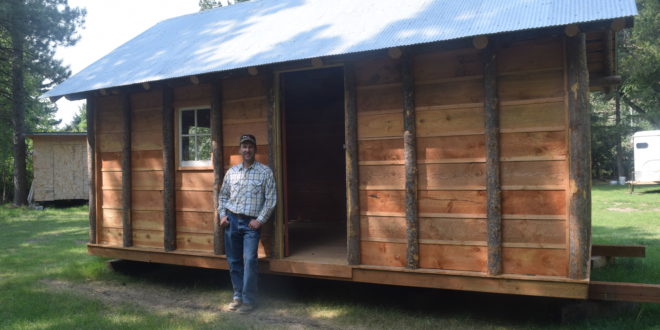
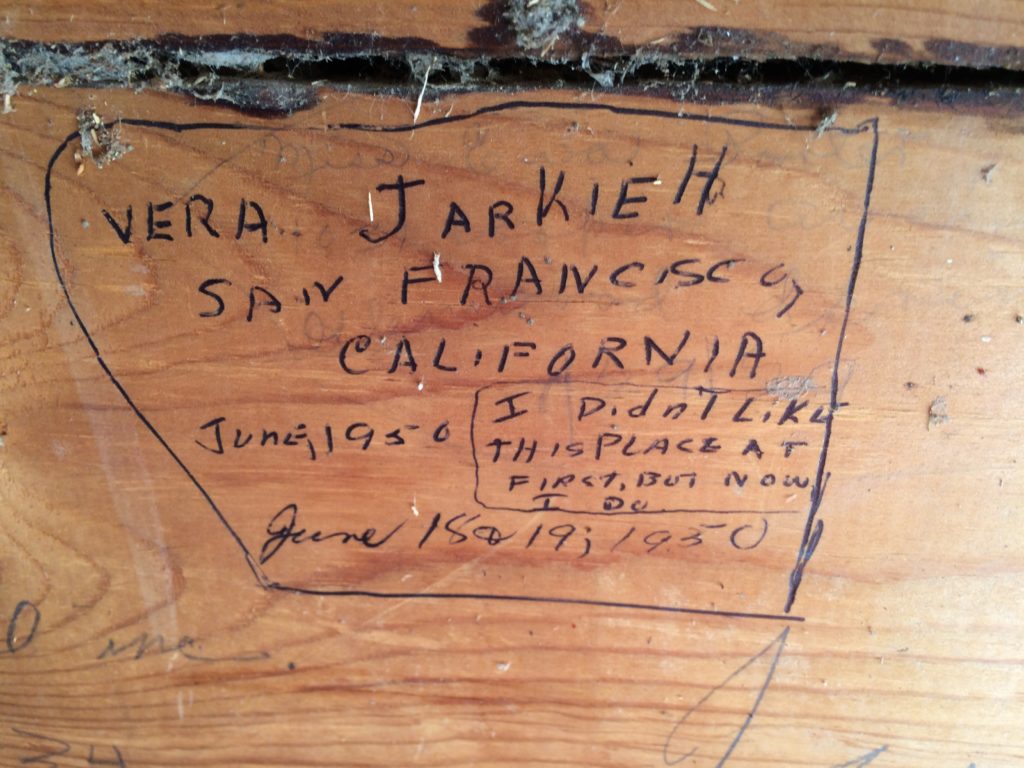
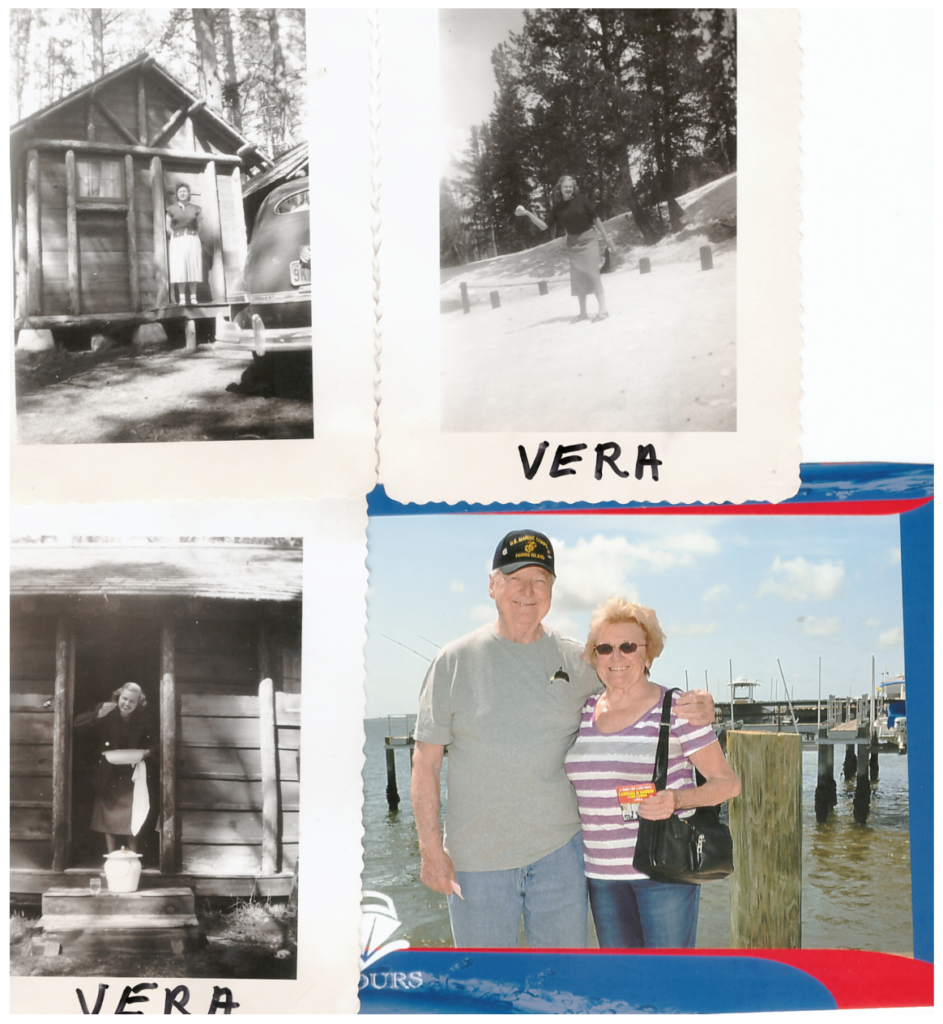

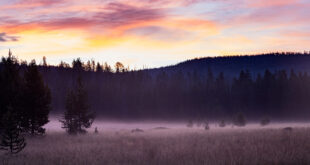
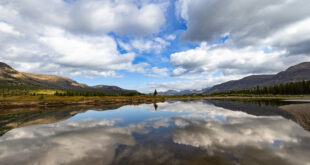
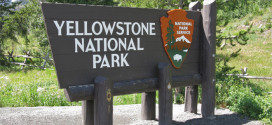
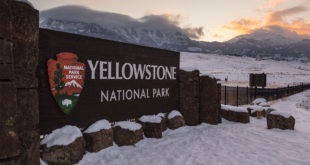
You must be logged in to post a comment.